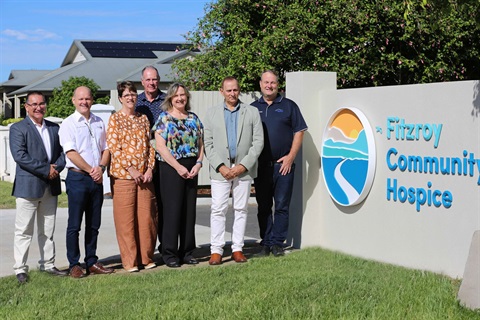- Hon David Parker
The Government has announced funding to clean up six contaminated sites to reduce the risk to public health and protect the environment.
“These six projects will help protect the public from health risks associated with hazardous materials, so New Zealanders can live in a cleaner, safer environment.” Environment Minister David Parker said.
The new allocations from the Contaminated Sites Remediation Fund (CSRF) address historical contamination, which in many cases started in the Nineteenth Century.
The funds are for projects that relate to:
- a former landfill in Christchurch
- a former landfill in Bluff
- an old gasworks site in Oamaru
- two former gold mines in Thames/Coromandel
- a former defence site at Awaroa/Godley Head near Lyttelton Harbour
“Through the Contaminated Sites Remediation Fund, we direct support to priority contaminated sites, supporting local government to meet their obligations,” David Parker said.
In Opawa, south-east Christchurch, remedial work will be carried out at several homes within the boundaries of a former landfill to protect residents from risk from contaminated soil. Environment Canterbury is leading the remediation and Christchurch City Council is contributing to the project.
“The soil capping and management of the properties will enable the residents to use their gardens safely,” David Parker said.
The fund is also supporting development of a remediation plan for the Ocean Beach Landfill near Bluff in a partnership led by the Department of Conservation, with the support of Environment Southland and Invercargill City Council.
“Historic landfills can become a threat to communities and the environment as the effects of climate change and extreme weather events become more pronounced. This project will take us closer to cleaning up the Ocean Beach Landfill site and stopping further contamination of the surrounding area, both onshore and offshore,” David Parker said.
The Oamaru Gasworks operated from 1876 to 1980 resulting in soil contamination from waste materials such as coal tars and heavy metals dumped on the site during its demolition in 1983. The Department of Conservation will be the lead agency in this project, supported by Otago Regional Council with additional co-funding by KiwiRail.
In the Thames-Coromandel district, detailed site investigations are being funded to determine the levels of arsenic and cyanide contamination caused by historic gold extraction at the former Tokatea and Victoria Battery Mines. Both are now on Public Conservation Land. The projects will be led by the Department of Conservation in a joint partnership with Waikato Regional Council.
At the Awaroa/Godley Head Reserve near Lyttelton, the Department of Conservation, with support from Environment Canterbury, is working to manage asbestos-contaminated soils around former military buildings to make them safer for the public to visit.
“These projects are examples of landowners addressing historical contamination to ensure hazardous waste is removed or managed and the health of the community protected,” David Parker said.
The $2.08 million funding from the Contaminated Sites Remediation Fund for the six projects will be bolstered by $1.55m from project partners, for a total of $3.63m across the projects.






